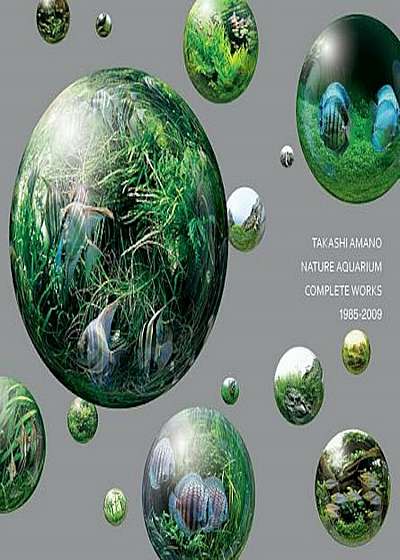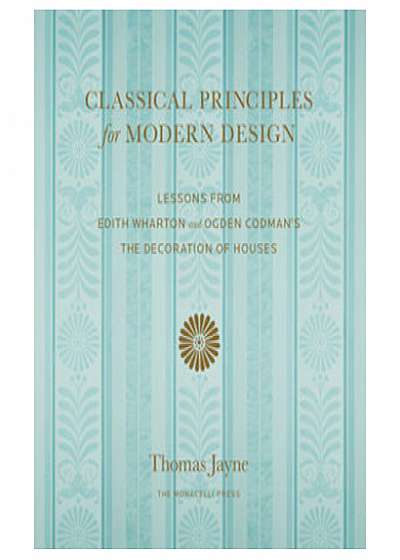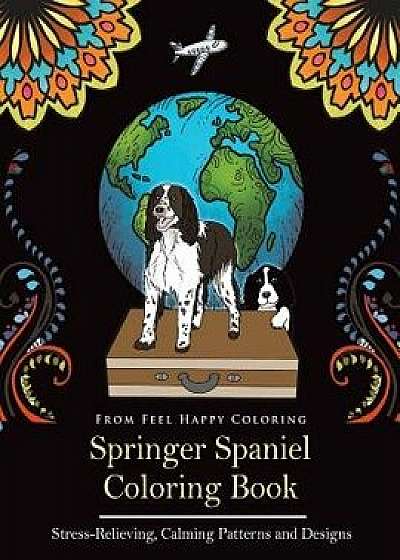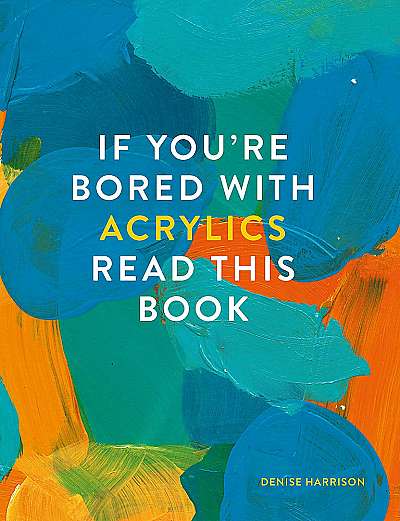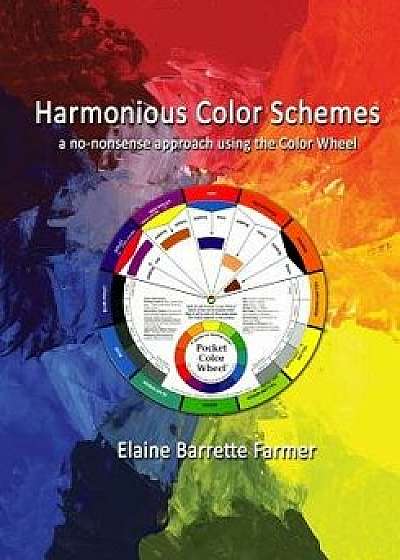
Harmonious Color Schemes: A No-Nonsense Approach Using the Color Wheel, Paperback/Elaine Barrette Farmer
Descriere
This book offers instruction on the use of the Color Wheel, a tool that has been in use for many years and developed by The Color Wheel Company. The Color Wheel represents twelve colors, three primary, three secondary and six tertiary colors. As you learn to use The Color Wheel you will see how it serves to simplify color mixing for the artist by using a controlled group of colors and creating harmony in artwork. The front side of the Color Wheel illustrates the color mixes that result when using the primary colors. Black shades and white tints are also illustrated. The back side of the Color Wheel illustrates a group of stacked geometric shapes representing spatial degrees of separation which, when used, will prove to create harmonious color schemes. This might include one color for a monochromatic color scheme to six colors using an expanded complementary color scheme. White is always a given paint tube to be added to your palette, but black is not necessary when you learn how to make a dark using complementary colors. So then why are there so many paint colors out there to choose from when all you need is a few? The answer is that the manufacturers are making money from it. The more colors they make, the more colors you think you need, so the more you will buy. Manufacturers feed on this notion and in essence, it disables us from actually learning and understanding how to mix color. Knowing "What's in your Tube" is the second half of the equation. Using pure color is about knowing what is actually in your tube of paint. There are no magic potions for mixing color. The good news, though, is that through practice you will gain knowledge and confidence in your color mixing. The practical knowledge is the easy part; the work comes when you practice it. I frequently remind my students that there is a reason why art is often referred to as artwork....it is work This method is suitable for the beginner student as well as the professional artist. It can be applied to any
